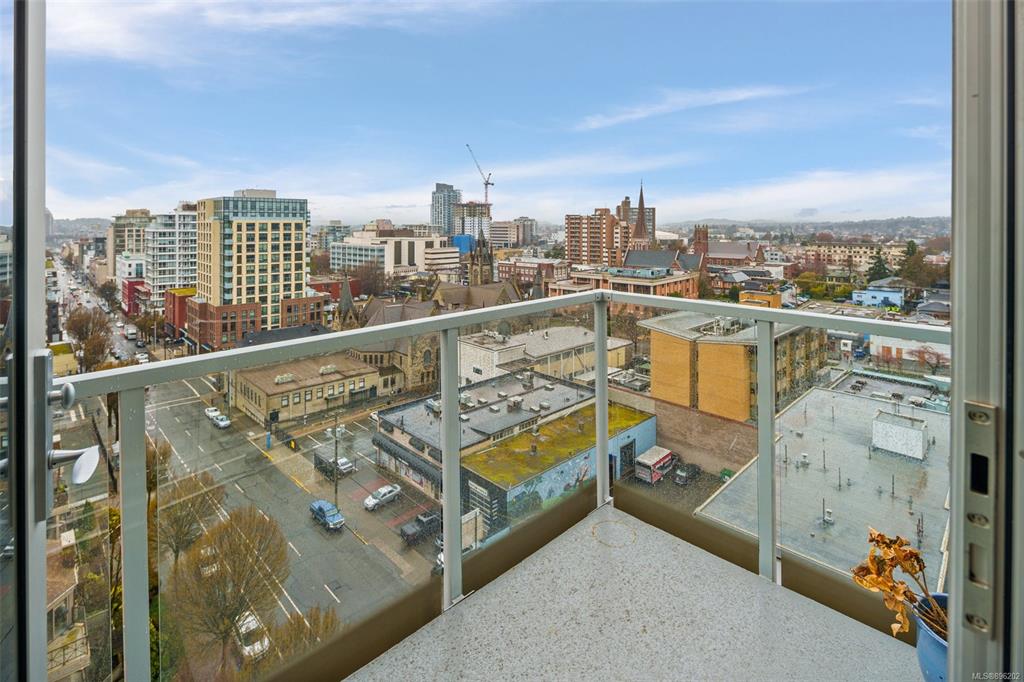

The vast majority of Buildings in Victoria 3 fall under this category, which includes a broad range of industries such as (non-subsistence!) farms, plantations, mines and factories. The counterpart to Government Buildings is Private Industries. Examples include Government Administrations where Bureaucrats produce Bureaucracy for the administration of incorporated states and funding of Institutions, and Universities where Academics produce Innovation for technological progression.īureaucrats work in Government Administrations to provide Bureaucracy - the lifeblood of the government These are buildings that are fully funded by the state (ie, you!) and provide crucial civil services required for the smooth running of a Victorian nation. The Urban Center is where you’ll find most of your middle-class Shopkeepers Urban Centers primarily employ Shopkeepers and provide a number of important local functions that we will get into at a later point. Like Subsistence Buildings, these are automatically created rather than built, with the level of Urban Center in a State being tied to the amount of Urbanization generated by its other buildings. Peasants eke out a meager living in these Subsistence Farms, contributing little to GDP and taxes per capitaĪnother special type of building is Urban Centers.

The vast majority of the world’s population starts the game ‘working’ in subsistence buildings as Peasants, and much of the game’s industrialization process is about finding more productive employment for your Peasants. These are a special type of highly inefficient Buildings that cannot manually be built or destroyed, but rather will appear anywhere in the world where there is Arable Land that isn’t being used for another type of building. When Buildings are constructed, the construction uses Pop labor and goods, and the costs involved will be subject to market forces.īut onto the different building types! First out, we have Subsistence Buildings. Most buildings are directly constructed, but some (like the Subsistence Buildings below) will appear automatically based on certain conditions. This holds true even for buildings like Railroads and Ports that did not need Pops to work in them in Victoria 2. Buildings always need qualified pops to work in them to yield any benefit, and an empty building is just that - empty and completely useless.


We will return to states more in later dev diaries, but for now let’s keep talking about Buildings!īefore we start on Buildings, something that’s important to note is that Buildings are just places where Pops can work and generally do not represent a single building - a single level of Government Administration, for example, represents the necessary buildings and infrastructure to support a certain number of Bureaucrats. States are where Pops live and (more importantly for our subject matter) where Buildings are located and built. To talk about buildings though, I first have to mention states! States are a concept that should be generally familiar to anyone who’s played some of our other games such as Victoria II or Hearts of Iron IV - a geographic unit of varying size in which much of Victoria 3’s gameplay takes place. In this dev diary, we’re going to broadly cover the main types of buildings and their function in Victoria 3. Buildings represent a wide range of industries, businesses and government functions, from humble subsistence farms to complex motor industries and sprawling financial districts. Buildings are a core mechanic of Victoria 3, as it is where the Pops work to produce resources such as Goods. Hello again everyone! It’s Thursday again, and that means that it’s time to talk about Buildings.


 0 kommentar(er)
0 kommentar(er)
